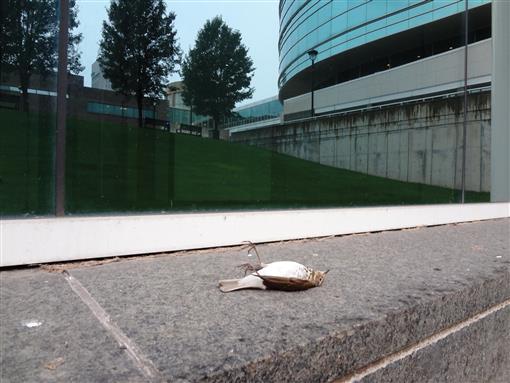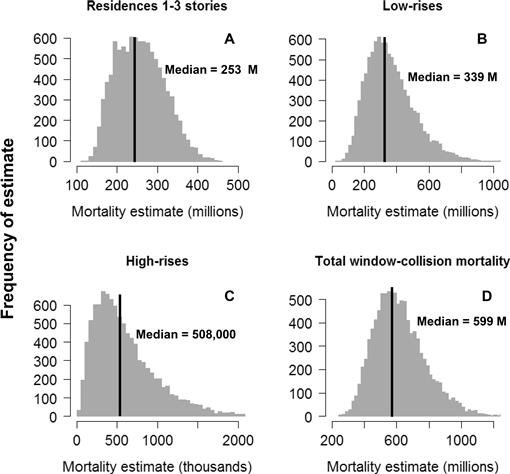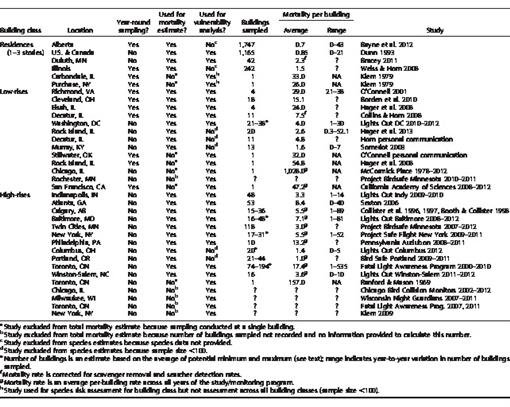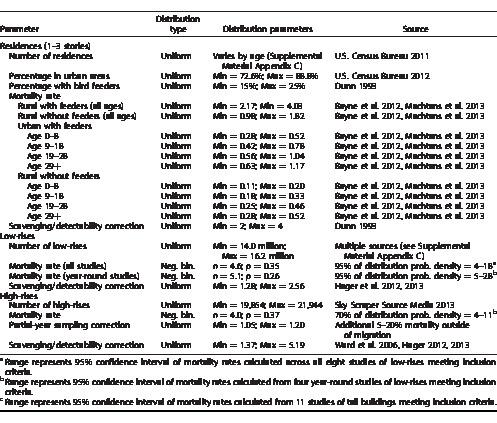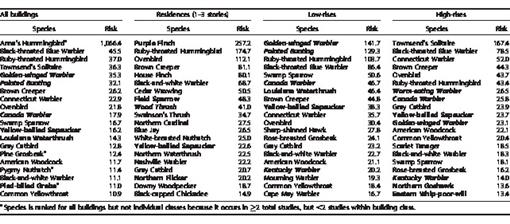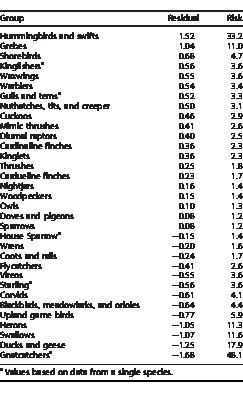How to translate text using browser tools
2 January 2014
Bird–building collisions in the United States: Estimates of annual mortality and species vulnerability
Scott R. Loss,
Tom Will,
Sara S. Loss,
Peter P. Marra

The Condor
Vol. 116 • No. 1
February 2014
Vol. 116 • No. 1
February 2014
anthropogenic mortality
Birds of Conservation Concern
high-rise
individual residence
low-rise
systematic review
window collision

